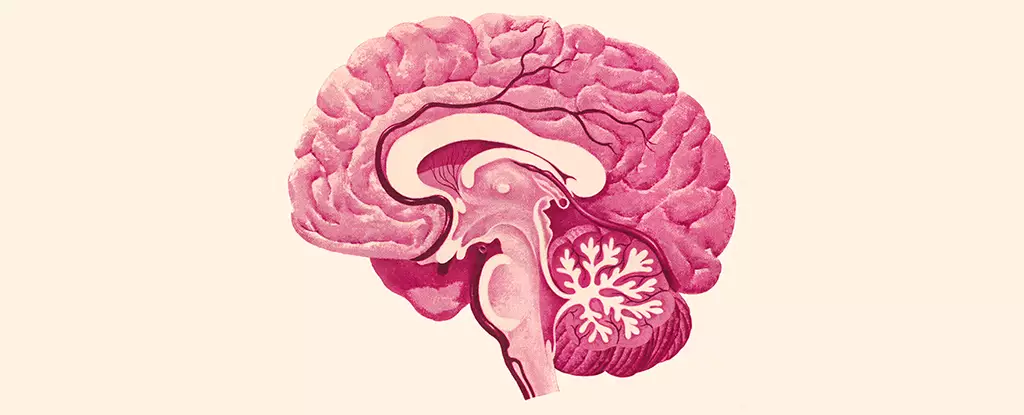The herpes simplex virus type 1 (HSV-1) is primarily known for causing cold sores, but its implications go far beyond mere outbreaks on the lips. Recent research has unveiled its potential to invade the brain and central nervous system (CNS), raising critical questions about its role in various neurological conditions. A collaborative study between researchers from the University of Colorado and the University of Bourgogne has illuminated the pathways through which HSV-1 can infect and potentially harm brain regions, setting the stage for deeper explorations into long-term neurological impacts.
Despite the commonality of HSV-1 infections, the mechanisms by which the virus reaches and spreads within the brain are still not fully understood. The study scrutinizes two key pathways of CNS invasion; the trigeminal nerve and the olfactory nerve. These routes provide the gateway for HSV-1 to enter the neurological sphere, but the precise progression within the brain remains enshrouded in mystery. Neurologist Christy Niemeyer underscores the importance of mapping this invasion, noting the growing body of evidence linking this virus to neurodegenerative diseases, including Alzheimer’s.
Mapping the Impact: A Deep Dive into Affected Brain Regions
Through their rigorous analysis, the research team identified critical brain regions that HSV-1 predominantly targets. The findings reveal significant infection in areas such as the brain stem and hypothalamus. The brain stem plays a vital role in fundamental bodily functions, including heart and respiratory regulation, while the hypothalamus influences a myriad of essential processes, such as mood, appetite, and hormonal responses.
Surprisingly, the analysis also showed that other vital regions, particularly the hippocampus and cortex, exhibited no presence of HSV-1 antigens. Given that the hippocampus is closely associated with memory and spatial navigation—processes integral to cognitive health and particularly relevant in Alzheimer’s disease—the absence of HSV-1 in this area raises fascinating questions about the virus’s selective targeting and its potential links to cognitive decline.
Moreover, the researchers observed inflammatory responses by microglia, the CNS’s resident immune cells, in reaction to HSV-1. These cells were notably active even after the virus had subsided, indicating that infection might incite a prolonged inflammatory state. This extended response can have detrimental effects, signaling that while the acute viral infection may resolve, chronic inflammation persists, adding another layer of complexity to the interactions between HSV-1 and brain health.
What is particularly concerning is the study’s implications regarding chronic inflammation and its role in neurodegenerative diseases. With chronic inflammation being a recognized risk factor for various neurological conditions, the lingering effects of HSV-1 infection appear to provoke sustained immune responses that could contribute to the progression of diseases like Alzheimer’s.
As Niemeyer notes, even in the absence of full-blown encephalitis, the presence of HSV-1 can compromise the functionality of critical brain regions. This raises questions about the cumulative effects of repeated viral infections and the extent to which they might contribute to cognitive impairment or accelerate the onset of neurodegenerative conditions.
Research thus far suggests that the link between HSV-1, microglial inflammation, and neurodegenerative diseases is compelling. The overlap in vulnerable brain regions implicated in both HSV-1 activities and Alzheimer’s pathology warrants further investigation into the causal relationships between viral infections and cognitive decline.
This new study represents a pivotal entry point into understanding how HSV-1 might contribute to neurodegenerative processes. The intricate connections unveiled provide a foundation for further research aimed at clarifying the mechanisms at play. By elucidating the pathways of HSV-1’s impact on brain health, scientists may uncover potential therapeutic targets or preventive measures.
The insights from this research underscore not only the need to comprehend HSV-1’s viral dynamics but also the importance of addressing chronic inflammation as a potential contributor to cognitive decline. As the field progresses, novel strategies to mitigate HSV-1’s neurological implications may surface, offering hope for those at risk of neurodegenerative diseases associated with viral infections.


Leave a Reply